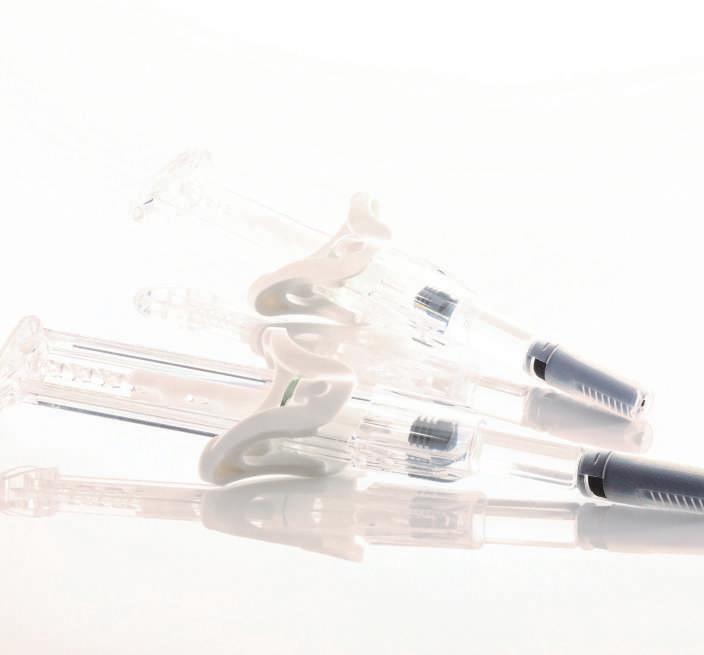Regulatory & Marketplace
Excessive Prices in the Pharma Sector: The EU Antitrust Perspective An undertaking is defined as dominant if it enjoys such a significant market position as to grant it the power to behave, to an appreciable extent, independently of competitors, customers and ultimately consumers. This dominance lays a special responsibility on the undertaking not to hinder competition in the market.1 Although a dominant market position2 is not unlawful per se, Art. 102 of the Treaty on the Functioning of the European Union (TFEU) – and equivalent national provisions – prohibits abuse of dominance aimed at excluding “as efficient” competitors from the market or at exploiting customers or consumers.
In particular, the article prohibits a dominant undertaking from directly or indirectly imposing unfair prices (or other unfair trading conditions). According to the Court of Justice of the European Union’s (CJEU) landmark judgment in the United Brands case,3 a price applied by a dominant undertaking is excessive (and thus unlawful) if it:1 has no reasonable relation to the economic value of the product or service; and2 is unfair in itself or when compared to competing products. Subsequent CJEU caselaw establishes that unfairness and excessiveness may be proven also through other means, such as by comparing the price applied by the dominant undertaking in different geographic markets or at different times. These assessment criteria may also be used cumulatively, as clarified by Advocate General Wahl in the AKKA/ LAA case.4 From a general standpoint, competition authorities rarely used to apply Art. 102 TFEU (or equivalent national provisions) to excessive pricing practices, mainly because of the complexity of the underlying economic analyses and because of the liberal policy argument to leave market forces to self-regulate prices. But in the last five years, the pharma sector has seen a sharp increase in investigations for excessive pricing. Indeed, since the European Commission’s 2009 enquiry, competition-law enforcement 10 INTERNATIONAL PHARMACEUTICAL INDUSTRY
and market monitoring have been a high priority for both the European Commission and national competition authorities, with the ultimate aim being to protect patients’ access to affordable, innovative and essential medicines – also considering the significant constraints on public healthcare budgets. Needless to say, to carry out a proper assessment of particular conducts in the pharmvvca sector, competition authorities have to take into account all its features. Unlike for other sectors, it is essential to consider that the end customers (i.e., patients) generally:1do not decide what medicine to buy (their physicians do); and2 do not pay for it (the cost is usually charged to the national healthcare system or insurance companies, which thereby act as additional market players). To discuss how the prohibition of excessive prices is to be applied, it is key to consider the very rigid structure of the demand (especially for life-saving medicines), the high R&D investments necessary to launch new pharmaceutical products, and the functioning of the marketing authorisation regime and other protection mechanisms (such as orphan drug designations).5 Ultimately, competition law must not prevent pharma companies from recouping their R&D investment (also for research projects that do not lead to new medicines) and making a fair profit. In this respect, the risk of overdeterrence is significant and ultimately jeopardises patients’ access to care. Two landmark cases of excessive pricing in the pharmaceutical sector are undoubtedly represented by the Italian Aspen case6 (which was later followed by two investigations into similar conducts in Spain and before the European Commission, currently pending) and the Pfizer/Flinn case in the UK. More recently, several competition authorities across the EU are currently investigating Leadiant Biosciences for an alleged abuse of dominance through excessive pricing.5
The Aspen Case in Italy In 2016, the Italian competition authority (AGCM) imposed a EUR 5 million fine on Aspen. According to the AGCM, Aspen had pursued an exploitative strategy that consisted of: (1) acquiring the rights over five life-saving medicines that had been marketed at their original price for more than 40 years; (2) “delisting” those medicines so that Aspen could set prices even outside negotiations with authorities regulating the Italian reimbursement system; and (3) exploiting the lack of alternatives to threaten to withdraw those medicines from the Italian market. The national regulator (AIFA) was thereby forced to agree to excessive and unfair prices, which soared to between 300% and 1500% higher than the prices previously applied. To assess whether Aspen’s conduct constituted abuse for excessive pricing from an antitrust perspective, the AGCM applied two different tests: •
The first was based on an analysis of the margins that the five drugs had, as resulting from Aspen’s balance sheets. Basically, the AGCM found that the revenues of the five drugs already outweighed the costs directly connected to them, even before Aspen proposed the price increases. Given the absence of any increased costs for Aspen, the price increases were held to have contributed only to higher profits.
•
The second was the cost-plus method. In brief, the AGCM determined the costs directly connected to manufacturing and marketing each drug and then increased it to take into account a certain share of indirect costs that could be attributed to those drugs, and a percentage of fair remuneration for the company (namely, a 13% return on sales, ROS).
In both cases, the AGCM held that Aspen had not incurred any significant R&D costs because all five medicines had been developed more than 40 Spring 2020 Volume 12 Issue 1
























